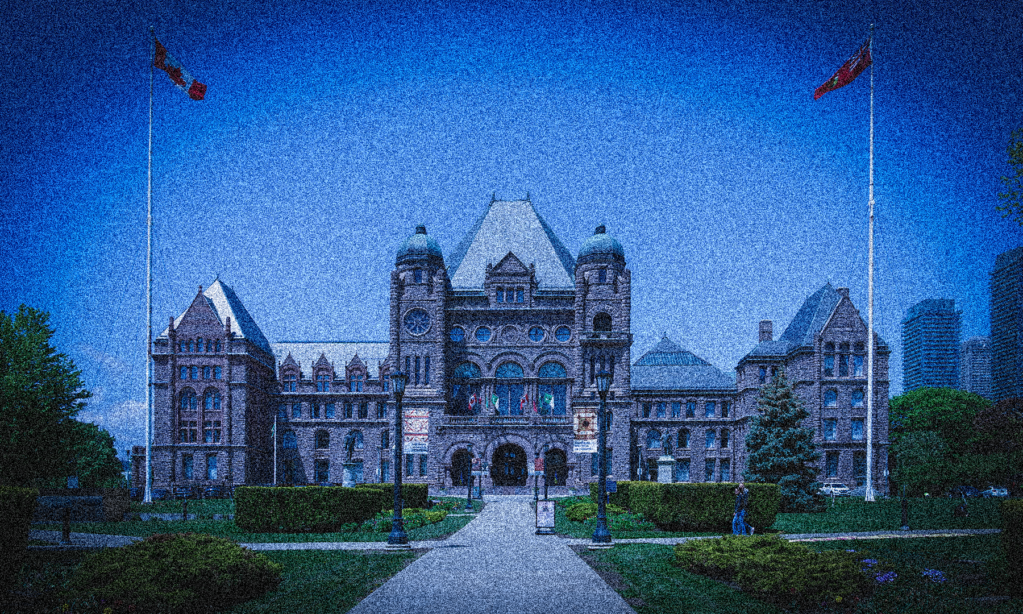If we’ve learned anything thing about how the current Ontario government makes budgets, it’s this: whatever they say the bottom line is initially, the actual number will be very different in the end.
We’ve seen it many times: The government underestimates revenues. It underspends what it budgets. It socks away billions in contingency funds with no plan to spend them.
Monday’s Economic Outlook and Fiscal Review (also called “the fiscal update”) from the Ministry of Finance continues that pattern.
The government recorded a $2.1 billion surplus in fiscal year 2021-22, which ended in March. Now it is predicting a $12.9 billion deficit for 2022-23. That’s a $15 billion deterioration in the province’s bottom line at a time when inflation is driving revenues sky high. It’s simply not a credible number.
The Ministry of Finance forecasts that Ontario tax revenues will increase by a paltry 1.3% compared to last year. This doesn’t add up: while high inflation rates are bad for many things, they are very, very good for tax revenues.
The fiscal update forecasts that nominal growth in the Gross Domestic Product (GDP), which takes into account the impact of inflation, will be 7.8% in 2022-23.[1] Statistics Canada data from 2008 to 2019 show that for every 1% of GDP growth in Ontario, tax revenues grew by 1.24%.
That data tells us that tax revenues are likely to grow by 9% this year, which would result in tax revenues that are $10.3 billion higher than projected in the fiscal update. That would increase total revenues from $186.8 billion to $197.1 billion, with the result that the deficit would fall to $2.7 billion.
In the fiscal update, the government estimates that program spending will increase by $15 billion between 2021-22 and 2022-23. Part of the reason for the size of that increase is that actual program spending in 2021-22 was $3.6 billion, or 2%, lower than planned spending in the 2022 budget.
If the government underspends in 2022-23 by the same percentage it underspent in 2021-22, it will reduce actual expenditures this year by $3.7 billion and bring the bottom line back up to a $1 billion surplus. That’s a far cry from what the government says will happen.
And let’s not forget that this year’s budget contains a $3.5 billion contingency fund in addition to the ordinary $1 billion reserve finance ministers typically use. If some or all of that $3.5 billion remains unspent—and the government has literally no plans to spend it—Ontario’s surplus will be even bigger this year than it was last year.
The government is painting a picture of a province in financial peril. But based on what we know about the relationship between nominal GDP and government revenues, plus the current government’s track record of underspending what it budgets, that peril is purely imaginary for the 2022-23 budget year.
Right now in Ontario, food bank use is through the roof, housing costs are out of reach, health care is in chaos, and parents are being told their kids’ education can recover from two years of pandemic disruptions with a few hours of private tutoring. And public sector workers are looking to catch up from the impact of Bill 124 and high inflation on their income.
Now is not the time to be pretending the province has a deficit. Now is the time to be spending on Ontarians’ highest priorities.
[1] Table 2.1 of the Fiscal Update shows 9.2% nominal GDP growth for of 2022 and 3.5% nominal growth for 2023.







